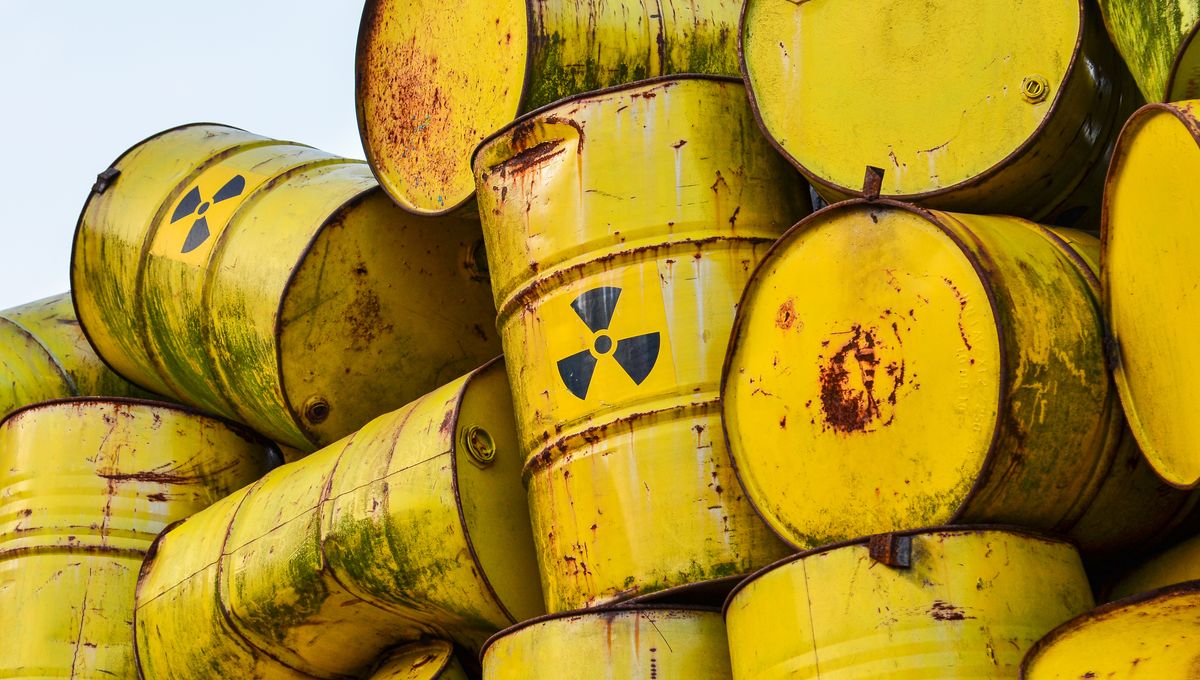
Two companies are looking to make diamonds from nuclear waste that can be used as batteries. However, while one is sticking to applications that seem to fit the technology, the other is talking about uses that seem incompatible with what they have demonstrated.
Seven years ago, scientists at the University of Bristol announced that they had made a prototype of a battery by converting nuclear waste into a diamond. In theory, the technology could provide a way to deal with a portion of the nuclear waste problem, while also providing an energy source better suited to certain demands than anything currently available. They’ve spun off a company called Arkenlight, but they have a competitor, NDB, with much bigger ambitions.
Nuclear power stations produce a variety of different radioactive isotopes. The dream of these as a new type of reactor fuel, while technically possible, has proven far more difficult and expensive than expected. The same goes for secure long-term storage.
One of the trickier isotopes in this mix is carbon-14, whose half-life is more than 5,700 years, produced from the graphite rods used to control reaction rates, whose carbon-12 transforms in the highly irradiated environment. Long after the more immediately troublesome strontium-90 and cesium-137 have faded to irrelevancy in the waste, we will still have to work out what to do with the carbon-14, but if Arkenlight and NDB have their way this will be treasure not trash.
In 2016, a team led by Professor Tom Scott proved you could heat the radioactive carbon to turn it into gas and allow it to condense into artificial diamonds. The point of these is not to look beautiful, but because as the carbon-14 decays to nitrogen-14, it releases electrons in the form of beta radiation. If the diamonds are appropriately doped, rather than being made of pure carbon, these can become a current directed into wires connected to the diamond. In other words, a source of electricity that will last for thousands of years.
Scott’s team placed the carbon-14 diamond inside a diamond of stable carbon 12, thus limiting the risk of the radioactive material damaging anything around it, or being damaged itself.
The current per hour the team announced was tiny, so they only saw them as useful for situations where the length of production was the overriding priority. The most obvious example lies in probes exploring the outer Solar System. With batteries like these, the mission control for the Voyager spacecraft wouldn’t be working out which instruments to turn off to save power.
Arkenlight has since come up with a few other ideas where swapping out the battery is so difficult that longevity becomes vital, such as monitors in Stromboli volcano or under the ocean. They’re even taking their product back to the source by using it as a monitor inside a nuclear waste storage site.
Initial versions use nickel-63 as the source of radioactivity, but Arkenlight hope to eventually move to carbon-14, which has the potential to last even longer. Extraordinary as it sounds, they’re exploring the possibility of putting some inside the brain to power artificial neurons.
Notably, however, all of these are uses where the quantity of power required is very small.
NDB (which stands for (Nano Diamond Battery) claim to have advanced on the original research by using microdiamonds around the radiation source to move heat away and inventing additional safety features. They also advertise they’re using multiple different radioisotopes, rather than slow-release carbon-14 alone.
However, there are some serious questions about whether NDB are overselling the potential of their product (surely no start-up would ever do that?). Their website has a stylized image of a car at its top, implying it could be used to replace lithium-ion batteries in transport. Their CEO talks of putting the product in smartphones. Their website offers their products as the energy source for data centers in case of external interruptions, apparently available immediately.
However, there is an intrinsic problem here. If the isotope used has a long half-life like carbon-14, the power will be so small that powering a smartphone will be unlikely and a car ridiculous, even if you stack thousands together. Shorter half-life sources come with the potential for initially greater power, but this will drop off quite quickly, and unlike your current phone battery, won’t be easy to recharge.
If NBD can deliver on their claim their battery “Will not run out during the device’s lifespan” for the devices that need more than a few milliwatts, they haven’t explained how. That’s all without considering the price-competitiveness of such products. Matt Ferrell raised some of these issues on his popular YouTube channel Undecided two years ago, and NBD don’t seem to have addressed them since.
Certainly, some other outlets seem convinced NDB is the real thing, or at least will be soon, but it might be best not to get hopes too high.
Source Link: Diamond Batteries Made From Nuclear Waste Have Potential – But Are The Claims Credible?